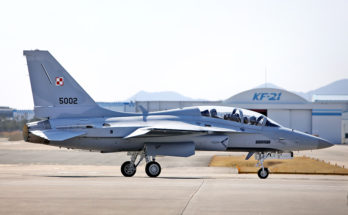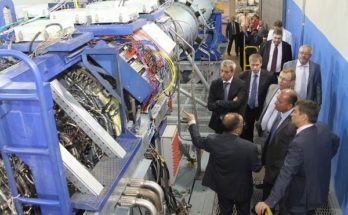by Carter Palmer, Power Systems Specialist, Forecast International.
What effect can a Boeing 777 have on natural gas production?
A lot. Reference to the 777 may be misleading; however, its powerplant, the GE90, might bring about a better perspective. A member of this engine family, the GE90-115B, is soon going to shed its avian roots and morph into the GE LM9000. For those familiar with the General Electric LM line of gas turbines, turning a jet engine into an industrial turbine is not surprising. Many companies have developed so-called aeroderivative turbines, but GE is going big, very big.
The GE90-115B is a massive turbofan engine and holds a place in the Guinness Book of World Records as the largest and most powerful jet engine in history. It specifically powers the 777-200LR, -300ER and Freighter variants. Success is well measured; it has a departure reliability of 99.98 percent. Perhaps, then, it is no wonder that GE would capitalize on transforming this monster into a new industrial machine; however, this is no small task.
GE called upon its so-called GE Store, a sort of process and methodology whereby multiple divisions of the conglomerate are utilized in development. GE Aviation, Baker Hughes (BHGE) and GE Power Systems were all involved in bringing the LM9000 to fruition.
It is unclear whether there is a test machine or if the LM9000 has garnered any orders; however, the turbine is sure to impress its target audience, the liquefied natural gas (LNG) market. Designed with this market in mind, the LM9000 will lower operating costs of both LNG and floating NLG facilities by delivering more power in an efficient way. The turbine has the torque to eliminate the need to first drain refrigerant to restart production, a time-saving measure and thus a financial benefit. Another plus is its mini-skid concept, borrowed from the LM6000, which allows for quick removal of the turbine. The LM9000 also has a future outside the natural gas market.
The aeroderivative can also be used for power generation in simple-cycle, cogeneration, and combined-cycle applications. Flexibility will be the key when the LM9000 hits the market, and the more uses the better. Not much information about the machine is available, so it will take time to see if it, like its older GE90 sibling, indeed takes off.
Forecast International produces two distinct Power Systems products. The Aviation Gas Turbine Forecast presents the 15-year outlook for aviation turbofan, turboprop and turboshaft engines and more. The Industrial & Marine Turbine Forecast covers the markets for gas and steam turbines, mechanical drive engines, and marine power, among others.
For 50 years, Forecast International intelligence reports have been the aerospace and defense industry standard for accurate research, analysis, and projections. Our experienced analysts compile, evaluate, and present accurate data for decision makers. FI's market research reports offer concise analysis of individual programs and identify market opportunities. Each report includes a program overview, detailed statistics, recent developments and a competitive analysis, culminating in production forecasts spanning 10 or 15 years. Let our market intelligence reports be a key part of reducing uncertainties and mastering your specific market and its growth potential. Find out more at www.forecastinternational.com




